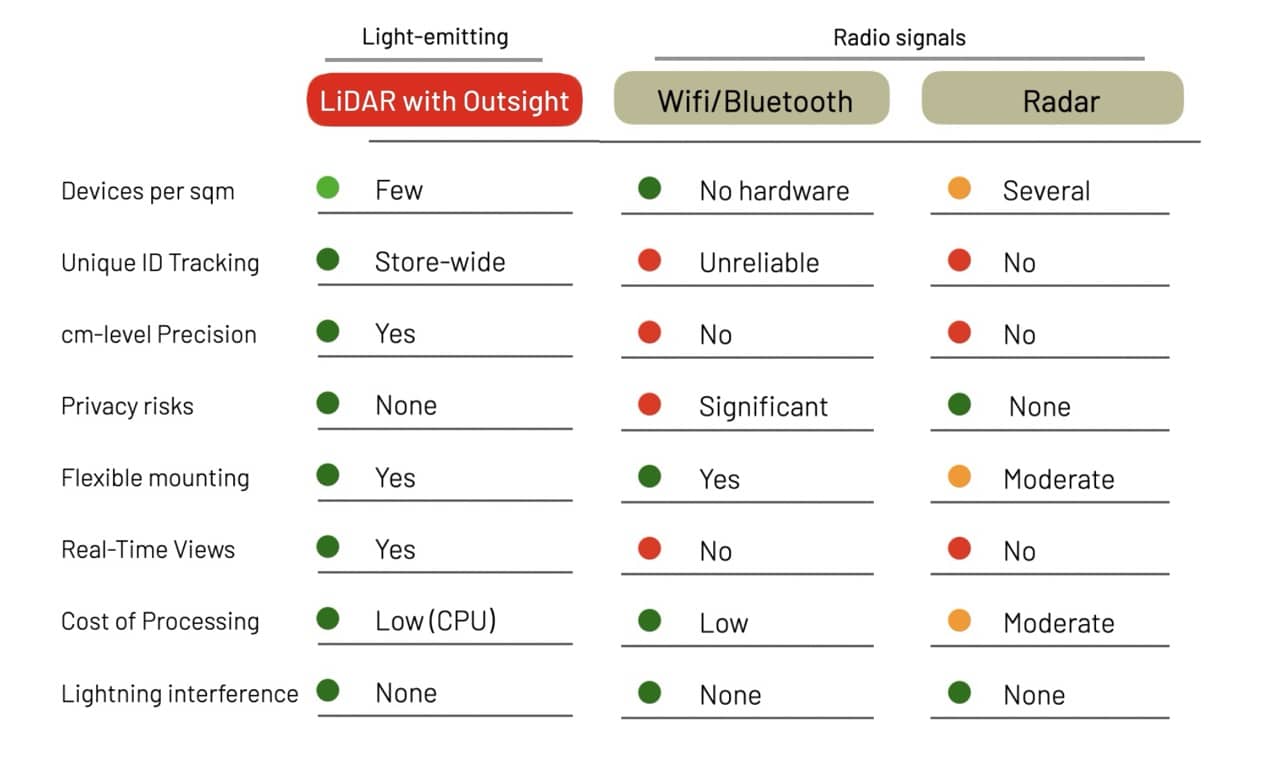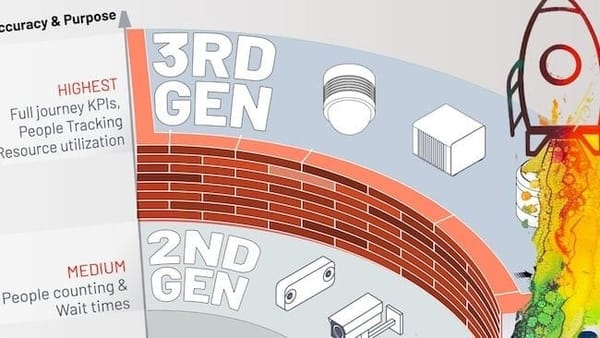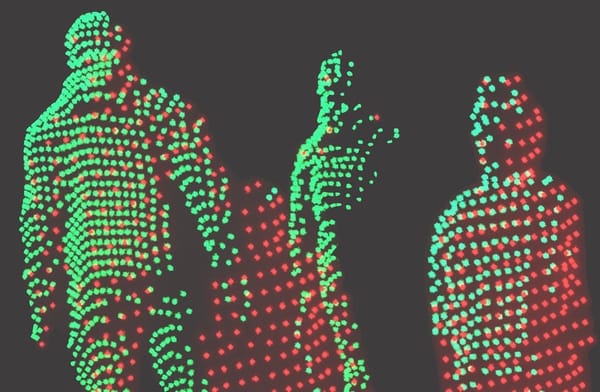
Wireless based tracking is about to disappear
Wireless Tracking is Outdated. The mobile industry, driven by GDPR, started a journey to prevent its use.
In the fast-paced environment of modern airports, staying current with technological advancements is key to optimizing passenger flow, ensuring security, and enhancing the overall travel experience.
Yet, some airport operators are still considering deploying first-generation wireless tracking technology to monitor passenger movements.
Wi-Fi Tracking: A Technology on the Decline
Wi-Fi-based tracking is rapidly losing its relevance in airport operations due to several factors.
Notably, the mobile industry, driven by privacy regulations such as GDPR, has initiated efforts to prevent wireless tracking.
As of 2024, iOS holds a 58.81% market share in the US. In California, estimates suggest iOS has a market share of 60-65%.
Airplane travelers, often more affluent, favor high-end smartphones like iPhones, which likely account for 65-70% of the market share in California airports.
The Erosion of Wi-Fi Tracking Capabilities
Wi-Fi tracking technology, which relies on identifying devices through their MAC addresses, is becoming increasingly unreliable.
Apple, which dominates the high-end smartphone market, introduced "Private Wi-Fi Address" in 2020. This feature randomizes MAC addresses to prevent tracking, thereby undermining the traditional methods of Wi-Fi tracking.

Instead of using the address assigned to the network interface of the smartphone or tablet, the device creates a random virtual MAC for each new network (SSID) it connects to. A functionality applied by default.
This revelation highlighted a critical gap between perceived and actual security, underscoring the diminishing reliability of Wi-Fi-based solutions.
Inherent Limitations in Precision and Reliability
One of the primary drawbacks of wireless tracking is its lack of precision, even before the Apple bug was uncovered.
Additionally, wireless signals can be obstructed by physical structures, further decreasing accuracy.
Unlike 3D LiDAR, which captures the exact location and movement of every individual, wireless tracking simply can't provide the level of detail required for efficient and effective airport management today.

Growing Privacy Concerns
Privacy concerns around wireless tracking are increasing, and rightly so.
The focus on privacy is intensifying. With both Apple and Android enforcing MAC address randomization, the effectiveness of Wi-Fi tracking solutions is expected to decline further. As users update to newer software versions like iOS 17.1, the ability to track devices through Wi-Fi will become increasingly limited, posing a challenge for airports relying on this older technology.
Regarding the Private Wi-Fi Bug:
For the vast majority of users the impact of this bug is minimal, but for those whose privacy is important, or even vital, this is very bad news.
These groups may have been tracked without their knowledge for more than three years, even more so when they thought they were protected by a feature that Apple itself described as helping to protect specifically against this threat.- Source.
As privacy regulations become more stringent globally, the performance of wireless tracking will continue to diminish, making it an even less viable option.

Limited Insights Compared to Third-Generation Solutions
Understanding passenger behavior goes beyond merely knowing their location.
Wireless tracking can only provide information about the location of a device, not the person carrying it.
Try to do this with wireless tracking:
LiDAR adds a Perception capability in 3D that is lacking in Location-only Wireless solutions
Third-generation technologies like 3D LiDAR provide a deeper level of understanding, offering comprehensive perception capabilities that include detailed insights into passenger behavior, movement patterns, and interactions.
This data is crucial for enhancing service quality and operational efficiency in today’s airports.
The Bottom Line: Keep Up with the Industry, Don’t Fall Behind
To stay competitive and compliant with privacy standards, airports must move beyond outdated technologies.
Third-generation technologies like 3D LiDAR offer precise tracking without infringing on privacy, providing a comprehensive understanding of passenger behavior and airport resource utilization.
The shift away from Wi-Fi-based tracking is inevitable as privacy concerns grow and technology evolves.
To stay competitive and meet the needs of today's travelers, now is the time to invest in 3D LiDAR, a solution that’s proven and effective in today’s airport environments.







